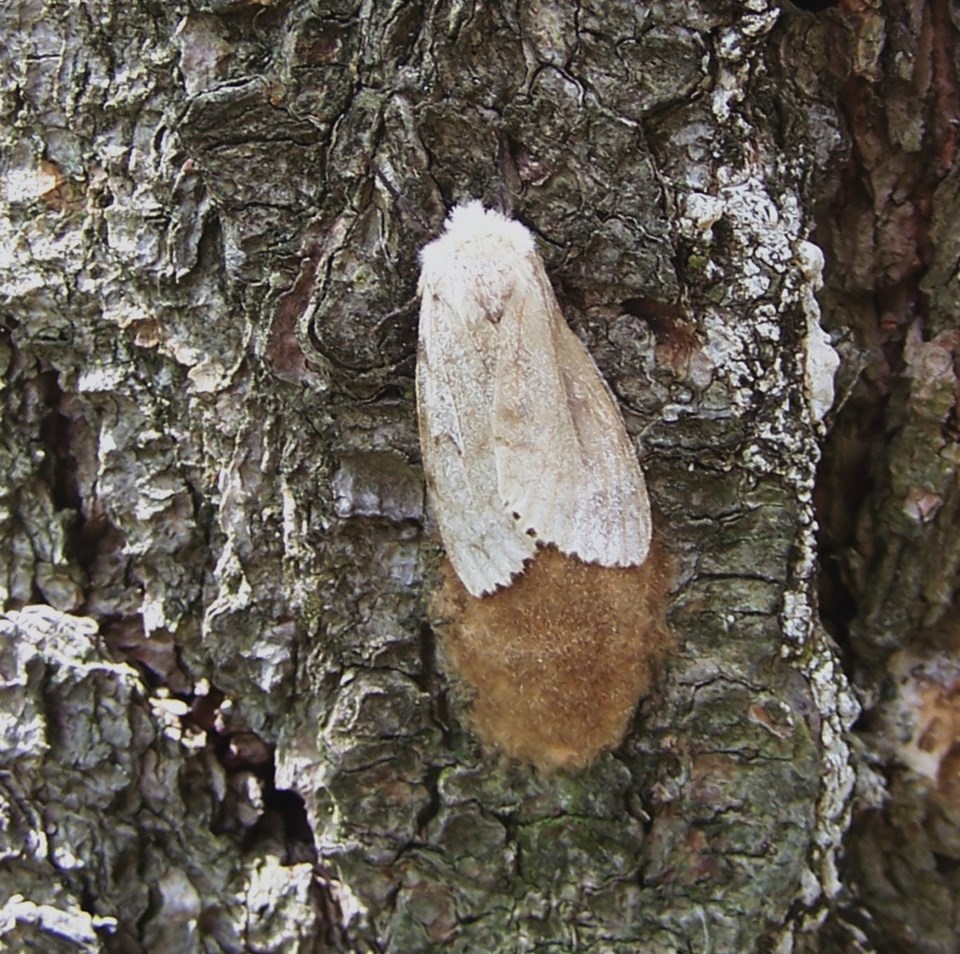A couple of weeks ago this column mentioned that there are a lot of conferences going on right now; and the trend continues! I just came off a three-day, 57-speaker forum hosted by the Invasive Species Centre (based in Sault Ste. Marie). So much information to digest.
This forum was particularly interesting as the speakers were from across North America, each one a professional in their field of working with (or should I say against) invading species. Yes, there are whole organizations and intense university-led research projects on any and all aspects of these annoying plants and insects.
One of the threads that connected so many topics was the cost of managing these programs. For some species, there have been in-depth cost-benefit investigations into managing a particularly bothersome plant. Phragmites reed is that very tall, heavy-headed rush you see in ditches and in wetlands. By example, the Ontario Ministry of Transportation has budgeted $3 million toward Phrag management this year. $3 million! That’s a lot of funding. How do they justify that? By learning from past mistakes.
The MTO has a mandate to keep intersections clear of visual obstructions, and Phragmites reed can be a real sight-line problem, especially at railway crossings and tight curves along the roadway. Fire potential is another threat (from the tightly grown, dead, woody stems) and if you have a ten-kilometre-long bonfire going strong, there is huge cost in calling out the firetrucks and closing a highway to fight said fire.
And so MTO feels that $3 million in Phragmites suppression is the better bet than dealing with liability and fire damage claims. Smart move.
Another species that has a lot of attention is dog-strangling vine, of which we have plenty in our region. When DSV (as it is affectionately called) sweeps in, there is considerable loss of natural habitat as local birds, plants and others are displaced or replaced by this vine.
For a decade we have been spraying herbicide on this plant to kill it off before it can completely overrun a site. But this plant is tough, and seems to be developing a resistance to the usual arsenal used against it. And it appears that the root system has been overlooked as a component of understanding this plant.
The DSV root ball is huge, and deep. So once it gets established, it is near impossible to eradicate. Other research has shown that as climate change brings more carbon dioxide (with warmer air) and the mass of natural plants is diminished, this ‘extra’ available CO2 is like giving these invasive plants growth steroids.
In British Columbia there have been thousands of hectares of conifer trees killed off by invasive beetles. All those now-dead trees used to, when they were green and alive, acquire and hold carbon. That’s not happening now and until a new forest grows (50 years or so), there is very little carbon sequestering going on.
Oh doom, oh gloom. Why do I sit in on these sessions?
On the flip side there were a few positive stories, such as the predicted decline of the LDD moth across south and central Ontario. While the cycling of this moth’s population is well known, there were concerns growing the last couple of years as to the incredible heights of population that this caterpillar has aspired to. And spread. From a few locations in southern Ontario to now carpeting the landscape and sprawling northward past Sudbury.
The presence of the bacteria and virus that kill the caterpillars has been positive in its negative effect on these caterpillars. Forecasting models show a huge decline in these defoliating caterpillars for 2022.
And then we heard from the American-based The Nature Conservancy (not to be confused with our Nature Conservancy of Canada). This group has been working very closely with the American Entomology Society (AES) to make a major decision as to what moniker to use to rename the gypsy moth. “Gypsy” is a derogatory name and, as this once obscure insect has become more and more well known, there has been movement afoot to find a more pleasing name.
Most of us have slid over to using the initials of its scientific name, changing all of our brochures, literature and mindset over to LDD. Not good enough, says the AES. One of our many renaming rules says that the new common name cannot use the scientific name. Nor can it be the name of a person. Or sound derogatory (as in “Poop-floating-in-your-coffee moth”). The new name has to be neutral to the point of ridiculous, and they have achieved that!
The new common name that has been put forward (to be voted by the society to be accepted in early February) is (drum roll) sponge moth! Named for the look of its egg mass stuck on a tree trunk.
I don’t know about you, but sponge moth? The reason we went from pale swallow-wort over to dog-strangling vine was to engage the public mindset. At least make the enemy sound menacing.
The things you learn at these forums! If you wish to dig deeper, I understand that the Invasive Species Centre will be putting many of the presentations on its YouTube, so be sure to visit its website to see the wide range of info now available on invasive species.
